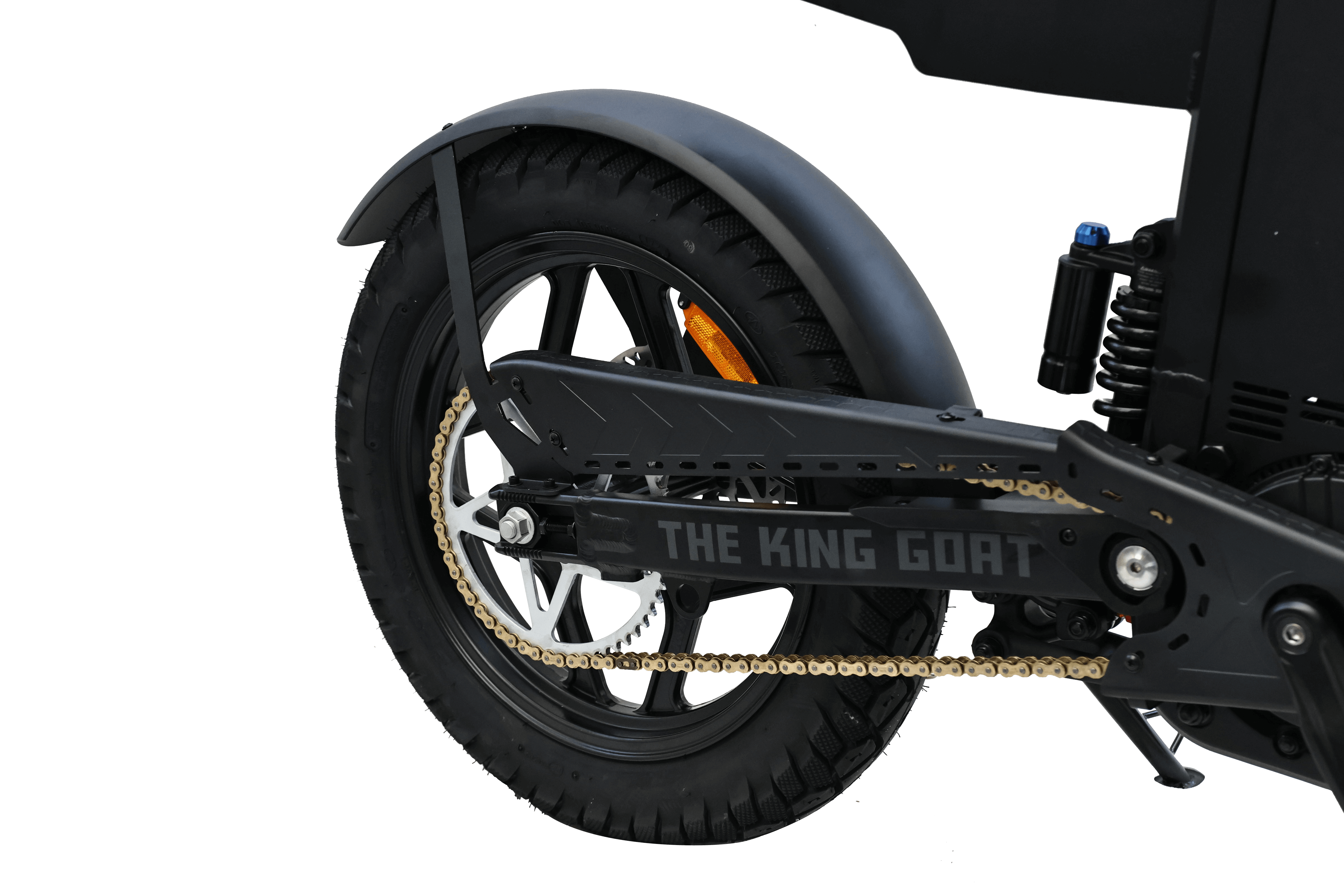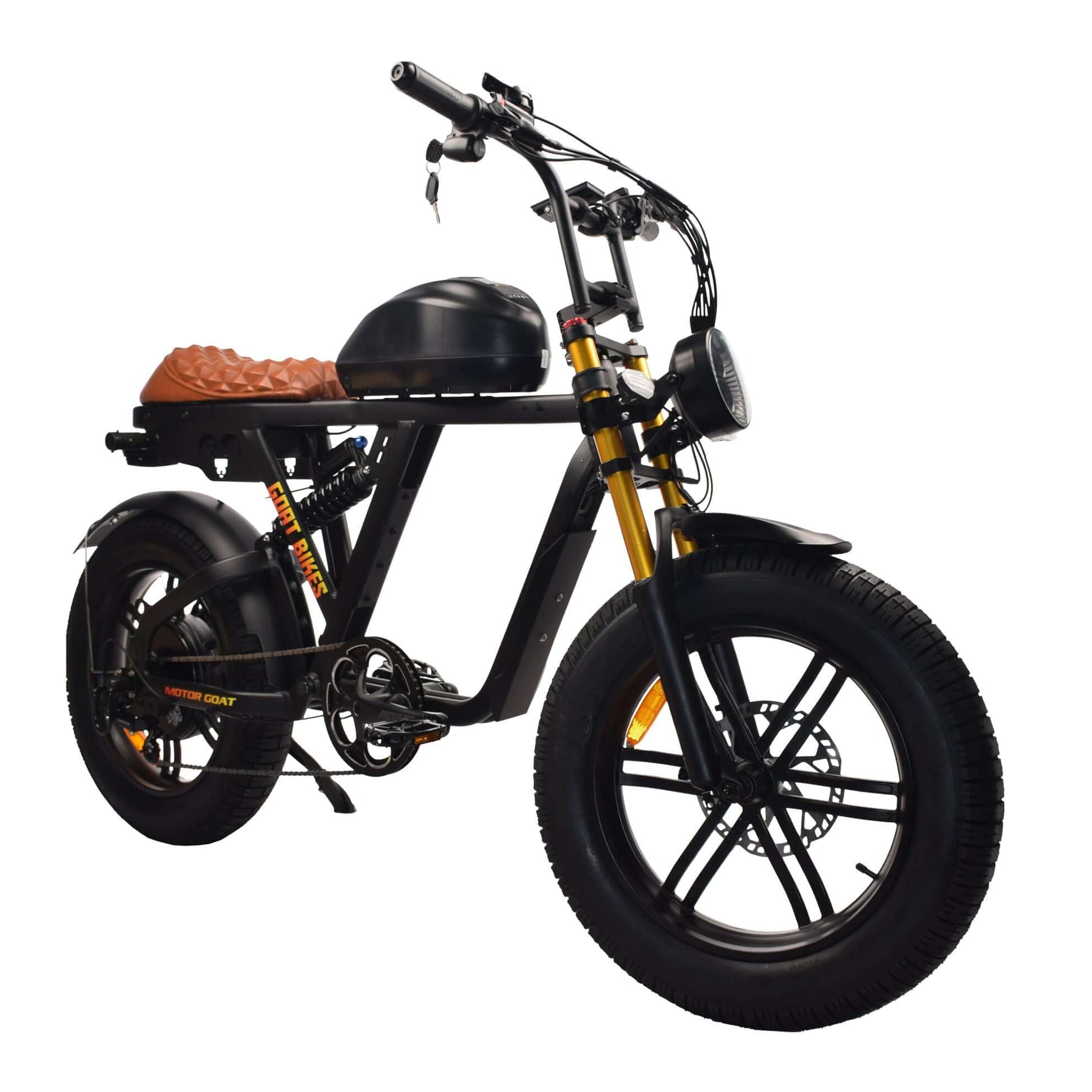The average e-bike motor lifespan ranges between 10,000 to 20,000 miles under normal use. In terms of years, this often translates to 5 to 10 years, depending on riding habits, terrain, motor type, and maintenance.
Key Factors That Impact Motor Lifespan:
-
Motor Type (Hub vs. Mid-Drive)
-
Usage Frequency
-
Terrain & Load
-
Maintenance Routine
-
Weather Exposure
Let’s break each of these down.
Motor Type Matters
1. Hub Motors
These motors are located in the wheel hub (usually rear, sometimes front). They tend to be lower maintenance and sealed well against the elements, which helps extend their life.
-
Typical lifespan: 10,000–15,000 miles
-
Best for: Flat urban riding, casual use, and low-maintenance riders
2. Mid-Drive Motors
These are mounted at the crank and power the drivetrain. They provide better torque, hill climbing, and balance but can experience more wear because they stress the bike’s drivetrain components.
-
Typical lifespan: 15,000–20,000 miles
-
Best for: Performance riders, trail use, hilly areas, or those wanting maximum torque
Real-World Motor Lifespan Examples
Let’s look at how long a motor might last in different riding scenarios:
| Riding Style | Frequency | Motor Lifespan Estimate |
|---|---|---|
| Daily Commuting | 5 days/week | 3–5 years (12k–20k miles) |
| Weekend Trail Riding | 1–2 times/week | 5–8 years (10k–15k miles) |
| Occasional Leisure Use | 1–2 times/month | 8–10 years (5k–10k miles) |
Signs Your E-Bike Motor May Be Wearing Out
While motors are long-lasting, they aren’t immune to wear. Here are signs you might need maintenance, or a replacement:
-
Grinding or unusual noises
-
Reduced torque or acceleration
-
Jerky or uneven pedal assist
-
Overheating during normal use
-
Motor cuts out randomly
If you experience these symptoms, it doesn’t always mean the motor is failing. It could be a loose connection, controller issue, or firmware glitch, but it’s worth checking.
E-Bike Motor Maintenance Tips
The #1 way to extend your e-bike motor’s lifespan is proper care. Here’s what you should be doing regularly:
1. Keep It Clean (But Not Soaked)
Dirt and debris can enter the motor casing if not properly sealed. Gently clean your e-bike using a damp rag, and avoid high-pressure hoses near the motor or controller.
2. Watch the Heat
E-bike motors can overheat, especially mid-drive motors under heavy load. Avoid long hill climbs at full throttle and give the bike a break if it feels hot to the touch.
3. Use Recommended Power Settings
Don't overclock or mod your motor beyond factory limits unless it's designed for tuning (like GOAT’s lineup). Over-volting can shorten motor lifespan.
4. Lubricate Your Drivetrain
Mid-drive motors use the bike's gears. Keep your chain, cassette, and derailleur clean and lubricated to reduce strain on the motor.
5. Avoid Frequent Full-Load Starts
Accelerating from a stop with full throttle constantly puts wear on the motor. Ease into your ride and use pedal assist when possible.
How Much Does It Cost to Replace an E-Bike Motor?
If your motor does fail beyond repair, here’s what you can expect in terms of replacement cost:
| Motor Type | Estimated Replacement Cost |
|---|---|
| Rear Hub Motor | $200–$500 |
| Front Hub Motor | $150–$400 |
| Mid-Drive Motor | $500–$1,200+ |
Premium motors like those on the Dirt Goat 96V or Mini Goat can cost more, but they also offer unmatched power and durability, making the initial investment worth it.
Labor Costs: Add $100–$250 depending on your local bike shop. If you’re handy and your bike allows it, you can install some hub motors yourself.
Can E-Bike Motors Be Repaired?
In many cases, yes.
-
Loose connections or wires can be fixed easily.
-
Controller malfunctions can sometimes mimic motor issues and only require a controller swap.
-
Internal gear damage in hub motors may be repairable.
-
Brushless DC motor parts are hard to source, so some shops recommend full replacement instead.
Always consult your e-bike’s manufacturer or a certified tech before replacing the whole motor.
How to Get the Most Out of Your GOAT Motor
If you ride a GOAT Power Bike, your motor is engineered to last with minimal fuss, but here are a few brand-specific maintenance tips:
-
Update firmware regularly to ensure smooth motor tuning and safety.
-
Utilize power modes wisely: Reserve SPORT or MAX TORQUE for when you need it. Use ECO or NORMAL to preserve the system for long rides.
-
Pair with the right battery: Always use the OEM battery designed for your motor’s wattage. Undervolting or overvolting can decrease motor efficiency.
Need to check your motor health? Contact GOAT’s service team for diagnostics, upgrades, or warranty information.
Final Thoughts: Built to Last, if You Care
So, how long do e-bike motors last? With the right usage and care, well over 10,000 miles, sometimes up to 20,000+.
Here’s a quick recap:
✅ Average lifespan: 5–10 years or 10k–20k miles
✅ Best practices: Keep it clean, avoid overheating, use pedal assist wisely
✅ Replacement cost: Ranges from $200 to $1,200+ depending on type
✅ GOAT Bikes: Designed for torque, durability, and long-haul reliability
Don’t treat your e-bike motor as a mystery. The better you understand it, the longer and smoother your ride will be.








